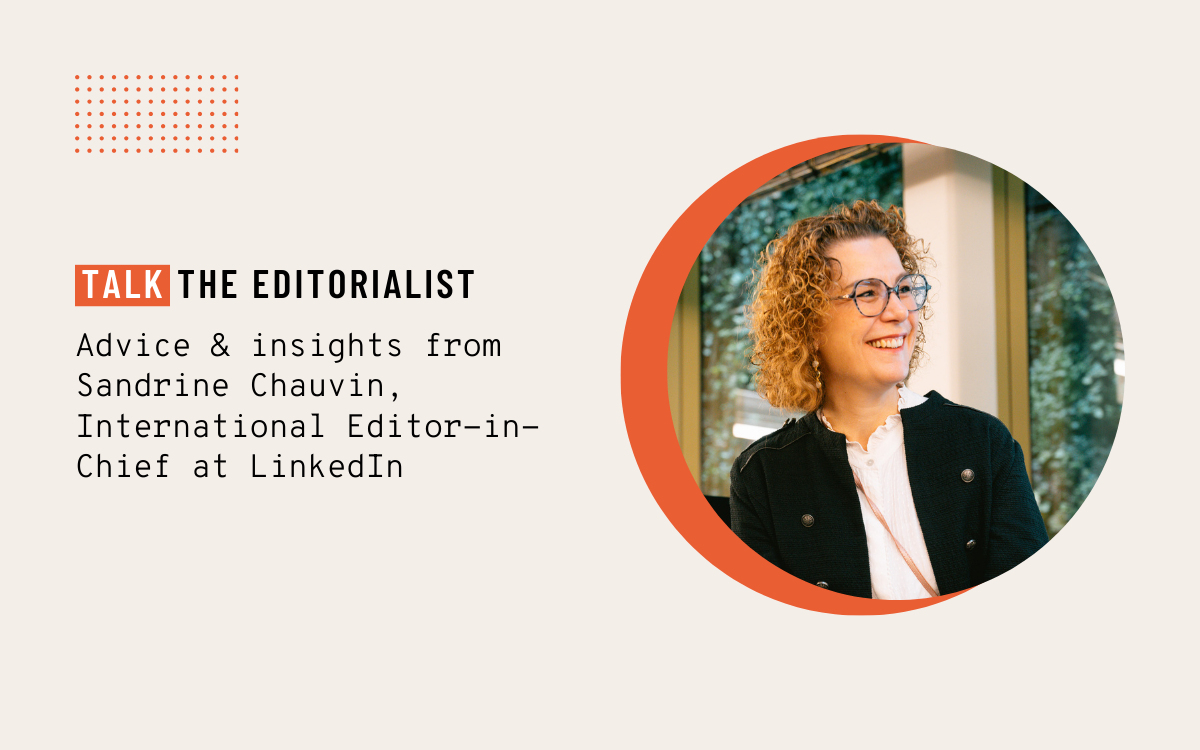Helping law firms meet the challenge of content creation
From corporate law to insurance, media, digital or real estate, whatever their area of specialisation, law firms face similar communication issues. A major challenge is to tell their ecosystem, including prospects, customers, partners but also potential new team members, about their expertise. The snag is that they have only limited hours to devote to what is a very time-consuming exercise.
Clearly, the critical question for law firms is not merely whether to communicate, but how they should strategically deploy their communication efforts. While criminal lawyers have traditionally dominated the media landscape and corporate / M&A firms maintain a significant presence in the press, there exists a plethora of opportunities beyond these traditional mediums. Social media, websites, and email campaigns are prime channels for law firms to develop direct connections with clients and prospects. To effectively compete for visibility and demonstrate their unique value, law firms must focus on these “new” spaces by creating impactful content tailored to each platform.
Communication supported by curated content
By its very nature, law is a constantly evolving sector. This creates endless communication opportunities for legal counsel: by taking positions on developing news stories, firms can meet the needs of their targets, who need to get to grips swiftly with new regulations that directly impact their business. Here, rather than “communicating”, law firms can unpack specific issues, explaining the key points and showing off their expertise. The target audience is made up of decision-makers in the broad sense, including CEOs, general managers, chief legal officers, administrative directors and chief financial officers. The goal is to provide them with relevant, expert information.
No matter which format is adopted, the editorial strategy needs to answer a series of questions:
- Substance: what content items dealing with my core expertise will be meaningful to my targets?
- Treatment: how can I be impactful? What level of accuracy is expected in terms of the format? What about the level of complexity? How should the content be calibrated?
- Which channels should be used to share? And how often?
Point to note: a classic mistake in creating law firms content is to showcase expertise by being overly technical, which can ultimately alienate the target audience. The aim is to make the information comprehensible and to demonstrate your expertise, while taking care not to misrepresent it. This is at the core of what an editorial agency excels at: leveraging communication strategy expertise, writing skills, and sector knowledge (notably by engaging specialized legal writers and, if necessary, involving partners and/or employees) to establish the appropriate tone. Through this approach, an agency can design and implement a specially curated content program that saves the law firm significant time.
Many editorial drivers can be brought into play
To communicate on legal issues, there are a range of possible formats, which are appropriate for all areas of the law:
- Offer expert articles on topical legal developments, such as the business impact of a new rule
- Publish opinion pieces on regulations or legal or parliamentary developments that are interesting talking points, such as the impact of establishing the European Public Prosecutor’s Office on the rights of defence in business criminal law
- Send newsletters and news flashes to your business targets
- Respond to interviews for your blog or website
- Post online videos that analyse a current news story or present your business activities for job applicants
But making content is just part of the story. Next comes making sure that it is read. For this, LinkedIn is a vital way to supplement a website or newsletter. With some 985 million users worldwide and 45 million in Europe (including most decision-makers), the platform is both a preferred venue for dialogue by members of different sectors and a source of information on specific areas. Offering the ability to conduct closely targeted campaigns, LinkedIn is extremely effective when it comes to developing a strategy aimed at generating regular content for a qualified audience. This makes it a valuable driver for the acquisition of new customers.





